Book reviews: ‘Red Scare: Blacklists, McCarthyism, and the Making of Modern America’ and ‘How to End a Story: Collected Diaries, 1978–1998’
A political ‘witch hunt’ and Helen Garner’s journal entries
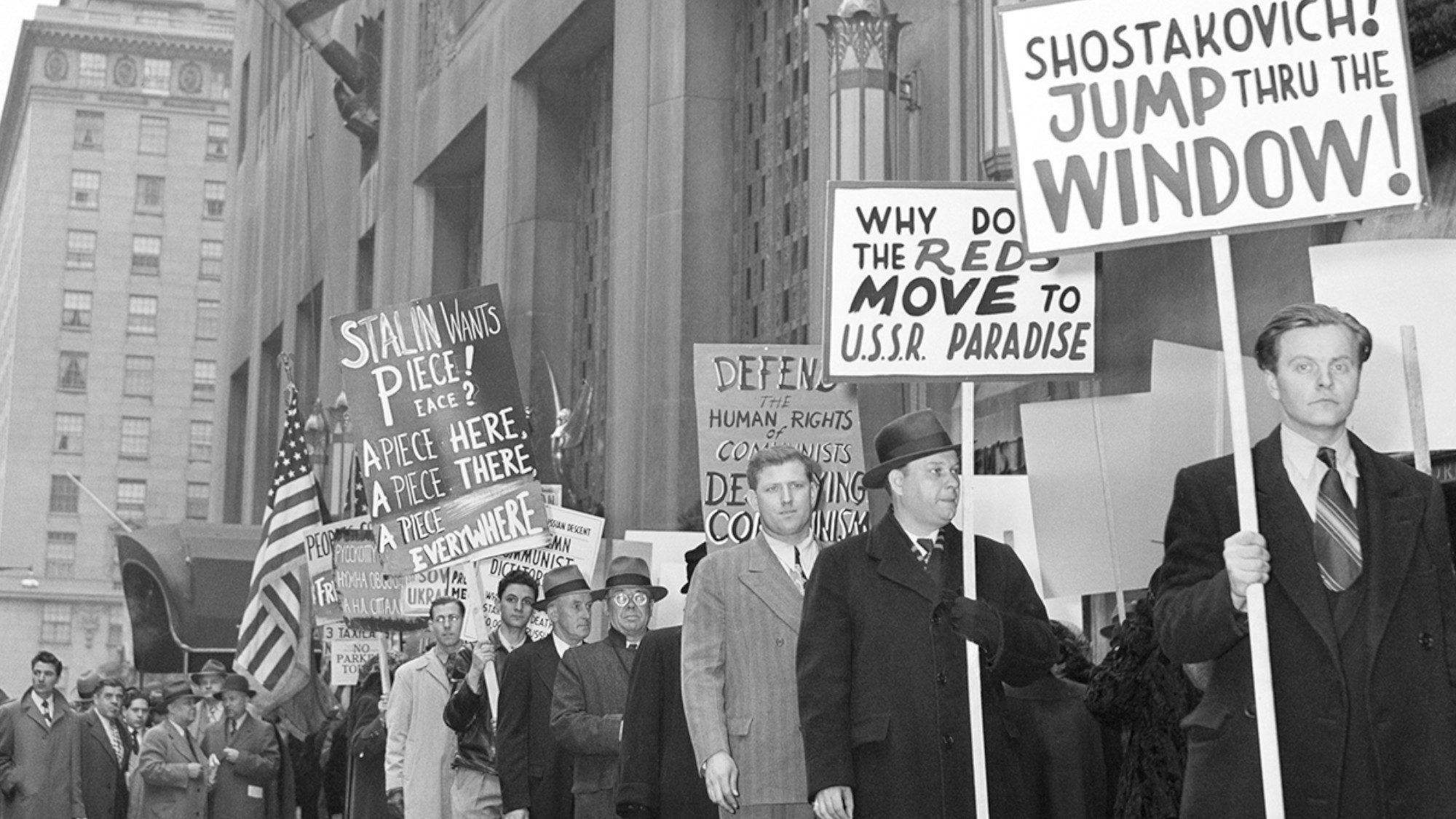
‘Red Scare: Blacklists, McCarthyism, and the Making of Modern America’ by Clay Risen
“As a scholarly subject, the Red Scare has never quite experienced its moment of glory,” said Beverly Gage in The New Yorker. Though many stories have been told about the Hollywood blacklist and Sen. Joseph McCarthy’s fearmongering, the broader subject for decades was too divisive to generate levelheaded analysis. Clay Risen of The New York Times aims to fill the gap, and his new history of the scare “documents the fear and suffering of those who bore the brunt of it” and shows how it remade every institution in American life, including the nation’s churches and schools. Russia did have spies inside the U.S. government from the 1930s on, and when conservatives seized on the issue in 1946, Democrats, including President Truman, quickly tried to show they were just as anti-Communist. By 1947, “the Red Scare had begun.”
“The witch hunt quickly became more about punishing anyone who defied the bully pulpit than about tracking down actual Communist Party members,” said Chris Vognar in the Los Angeles Times. Risen provides “tension-packed” accounts of the era’s best-known tales, including the public drama surrounding accused spy Alger Hiss. But he also spotlights many of the forgotten people trampled by the hysteria, such as New York City math teacher Julius Hlavaty, who became a McCarthy target after speaking briefly about the American immigrant experience on a Voice of America broadcast. Though “this is a work of history, not a polemic,” the events Risen describes inevitably suggest where President Trump’s war against the so-called radical left could lead. Fear of reprisal during the scare “put a long, deep freeze on freedom of thought and creativity in America,” and “this may be the closest parallel to what we are seeing today.”
In his introduction, Risen “coyly insists” that he’s not interested in drawing parallels between then and now, said Kevin Peraino in The New York Times. “This is disingenuous.” His 400-page survey of mid-century America touches on so many of today’s burning issues, including book bans, anti-immigrant racism, white supremacy, and anti-elitism, that “to suggest all this amounts simply to a Rorschach test for his readers stretches credulity.” Still, Red Scare is “a meaty and powerfully relevant work,” with a style to match. “Risen tells his story with a punch and an economy that are at times almost Hemingwayesque,” with scenes “so vivid that you can almost feel yourself sweating along with the witnesses in the poorly air-conditioned committee room.” Risen is also warning that we are still in that room, still witnessing the threats to freedom that arise from a deep-seated xenophobia. “It is a conflict, he makes clear, that never truly abated.”
The Week
Escape your echo chamber. Get the facts behind the news, plus analysis from multiple perspectives.

Sign up for The Week's Free Newsletters
From our morning news briefing to a weekly Good News Newsletter, get the best of The Week delivered directly to your inbox.
From our morning news briefing to a weekly Good News Newsletter, get the best of The Week delivered directly to your inbox.
‘How to End a Story: Collected Diaries, 1978–1998’ by Helen Garner
In her native Australia, author Helen Garner is a living legend, said Lance Richardson in The Washington Post. She’s not as well known here, though that may change as her U.S. publisher reintroduces several of her best books. The latest of these releases, How to End a Story, collects three volumes of diaries that span 20 years, several books, and two rocky marriages. Like her fiction, her journal writing is sparse, frank, and “allergic to mush of any kind.” Because she trimmed down her entries, erasing much contextual information, the book “can be disorienting at first.” Soon enough, though, the fragments “assemble into a grand mosaic—a portrait of an extraordinary sensibility at work.”
“These are the greatest, richest journals by a writer since Virginia Woolf’s,” said Rachel Cooke in The Guardian. Though the collection runs to more than 800 pages, “every single one contains a passage of such distilled acuity and brilliance, it leaves you half-drunk with exhilaration.” The entries begin shortly after Garner, in her mid-30s, has broken through with the novel Monkey Grip, and the journal serves both as a place to practice the art of noticing and “an outlet for all the agonies that are born of blank paper.” At the same time, she is accruing chronicles of two key relationships, including her “cataclysmic” third marriage to a haughty fellow writer who so belittles her that she briefly accepts even his cheating. “I recognized a lot of this, and many women will: the carefulness, the cringing, the feeling you’re no longer yourself.”
The ability to closely examine dramatic events and then let them pass emerges as “a huge part of Garner’s genius,” said Josh Billings in the Los Angeles Review of Books. “Apartments are wrecked, awful truths muttered, infidelities brought to light,” and Garner moves on, ready to notice the details of whatever life brings next. Like many women of her time, “she is a survivor,” a veteran of a long battle to define herself and be recognized on her own terms. But her patience is unusual, showing us a survival strategy that “feels like a recipe we can follow.” So how to end a story the Helen Garner way? “Step one: Begin it. Step two: Wait.”
A free daily email with the biggest news stories of the day – and the best features from TheWeek.com
-
 Homes with great fireplaces
Homes with great fireplacesFeature Featuring a suspended fireplace in Washington and two-sided Parisian fireplace in Florida
-
 Film reviews: ‘The Secret Agent’ and ‘Zootopia 2’
Film reviews: ‘The Secret Agent’ and ‘Zootopia 2’Feature A Brazilian man living in a brutal era seeks answers and survival and Judy and Nick fight again for animal justice
-
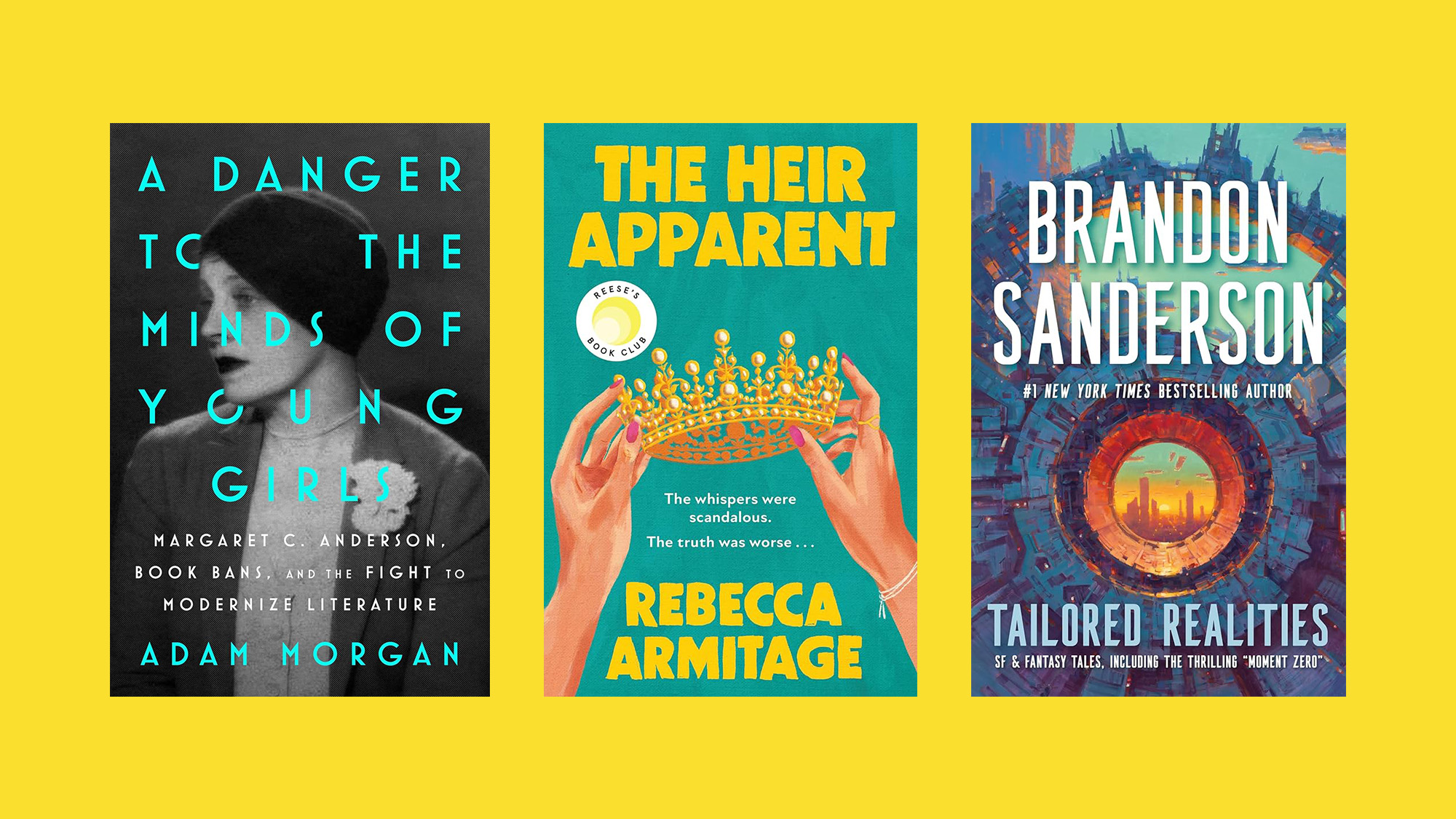 December’s books feature otherworldly tales, a literary icon’s life story and an adult royal romp
December’s books feature otherworldly tales, a literary icon’s life story and an adult royal rompThe Week Recommends This month's new releases include ‘The Heir Apparent’ by Rebecca Armitage and ‘Tailored Realities’ by Brandon Sanderson
-
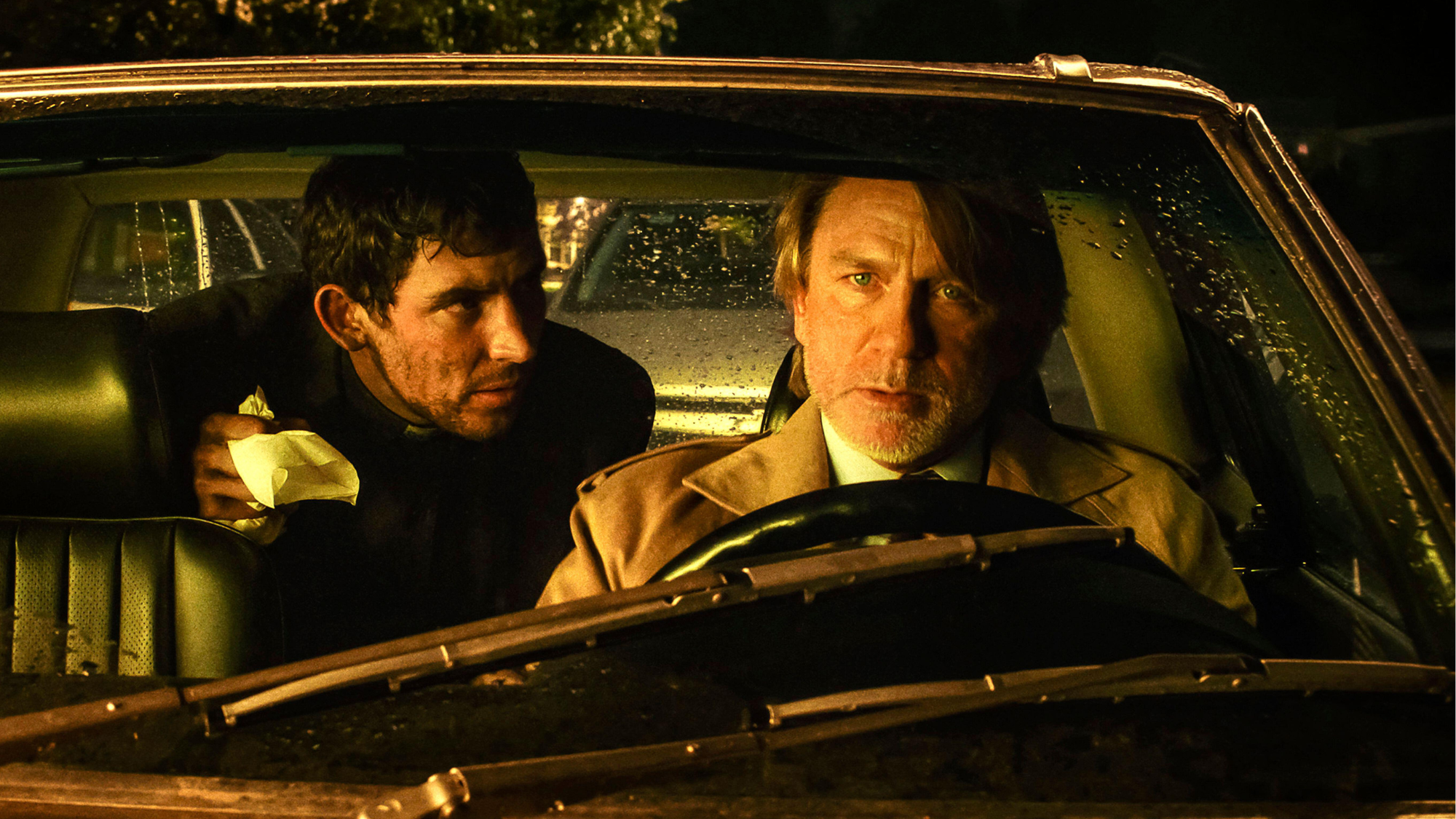 Wake Up Dead Man: ‘arch and witty’ Knives Out sequel
Wake Up Dead Man: ‘arch and witty’ Knives Out sequelThe Week Recommends Daniel Craig returns for the ‘excellent’ third instalment of the murder mystery film series
-
 Zootropolis 2: a ‘perky and amusing’ movie
Zootropolis 2: a ‘perky and amusing’ movieThe Week Recommends The talking animals return in a family-friendly sequel
-
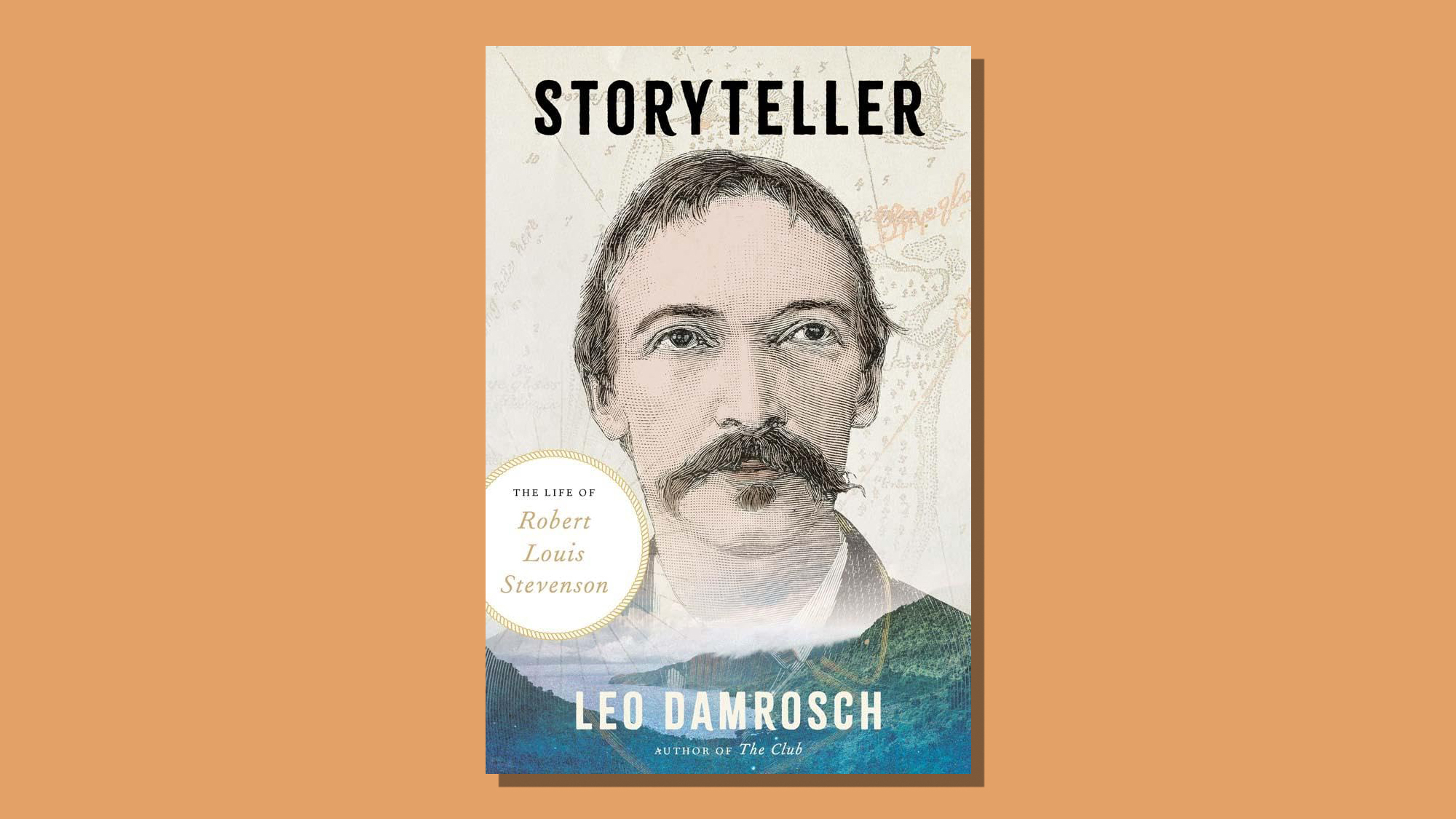 Storyteller: a ‘fitting tribute’ to Robert Louis Stevenson
Storyteller: a ‘fitting tribute’ to Robert Louis StevensonThe Week Recommends Leo Damrosch’s ‘valuable’ biography of the man behind Treasure Island
-
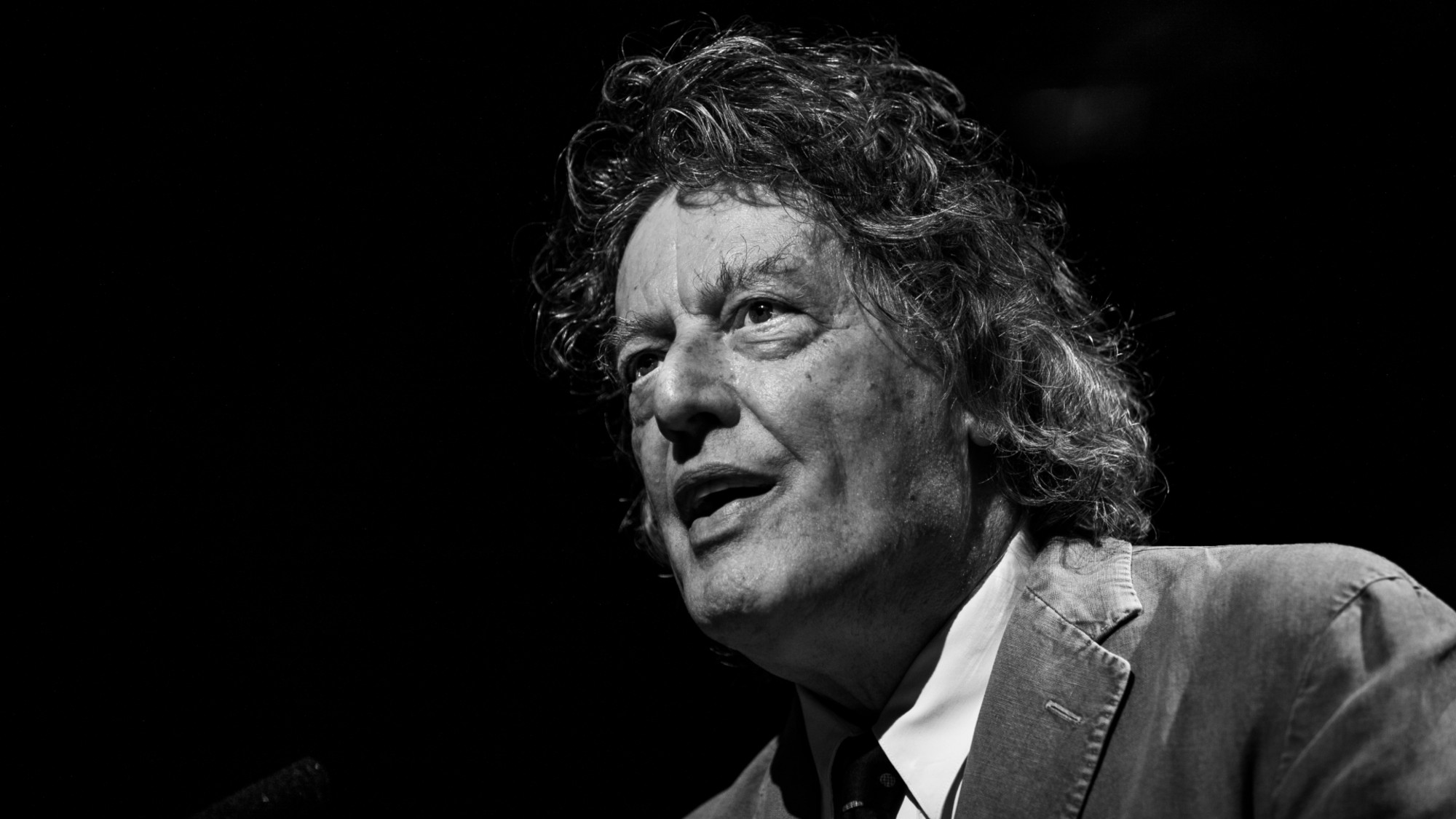 The rapid-fire brilliance of Tom Stoppard
The rapid-fire brilliance of Tom StoppardIn the Spotlight The 88-year-old was a playwright of dazzling wit and complex ideas
-
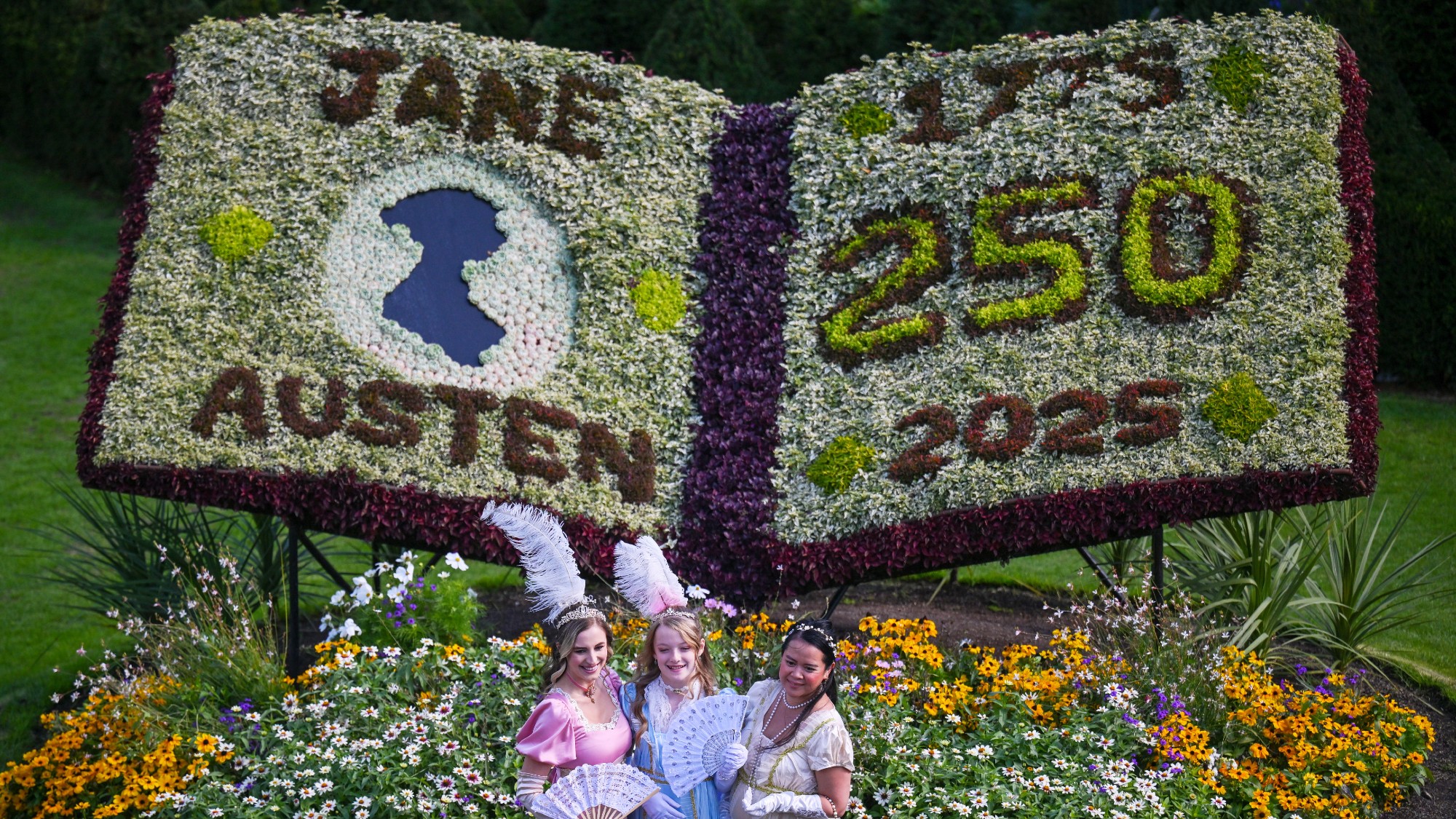 Jane Austen lives on at these timeless hotels
Jane Austen lives on at these timeless hotelsThe Week Recommends Here’s where to celebrate the writing legend’s 250th birthday


